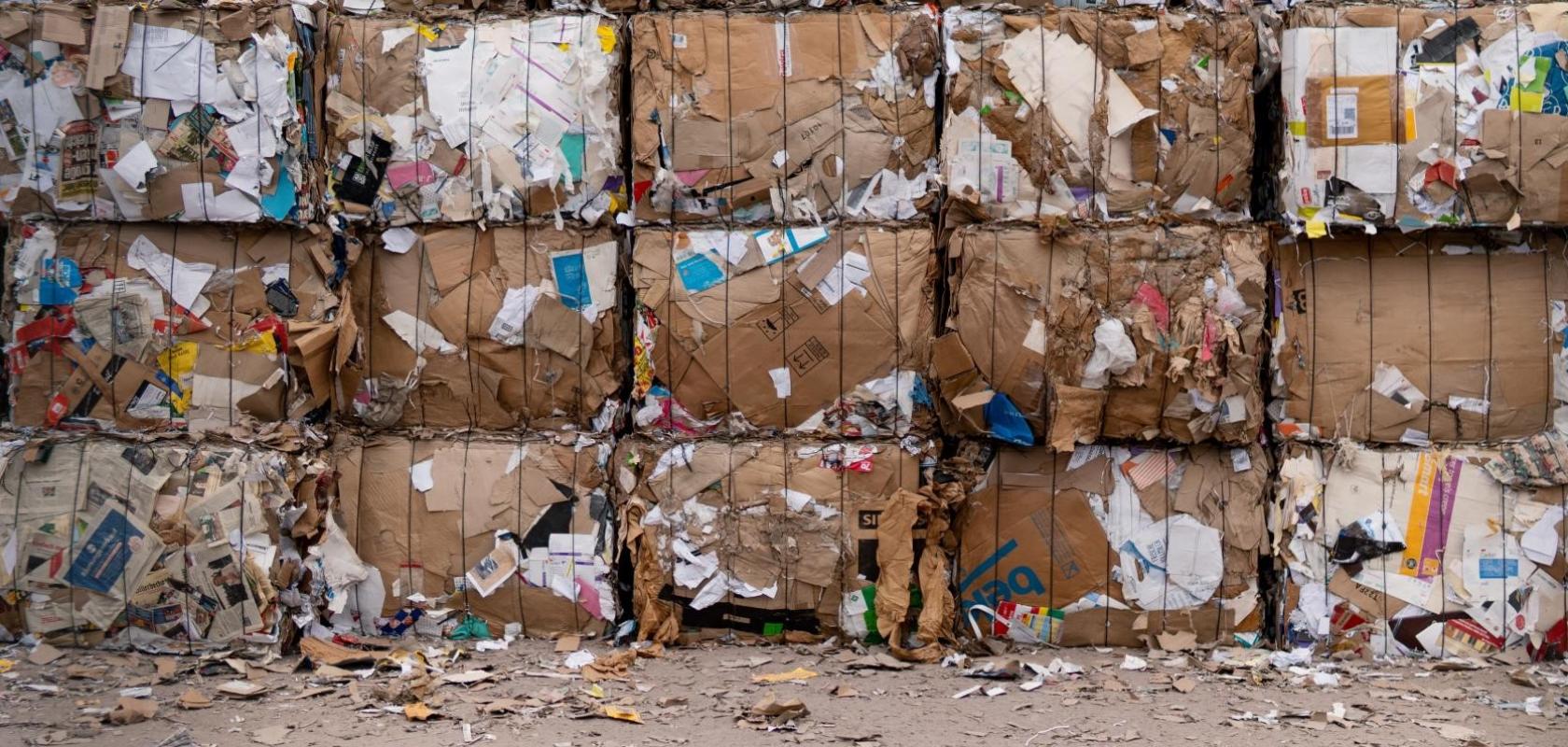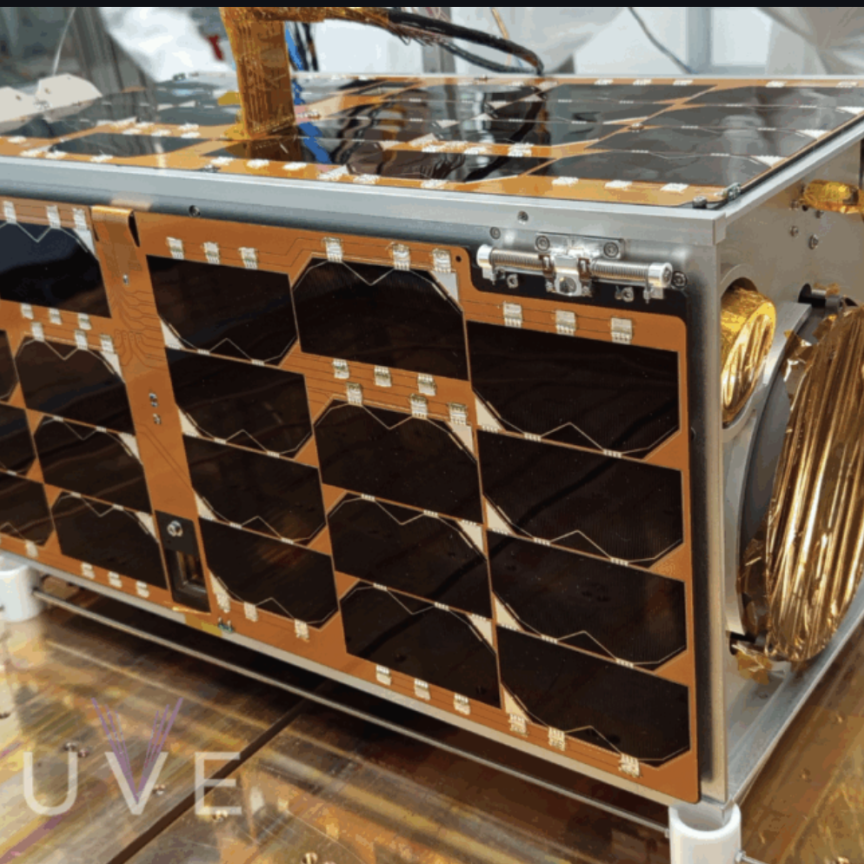Looking for ways to promote recycling and improve environmental sustainability, researchers at the Hefei University of Technology in China have turned to spectroscopy.
The team are using laser-induced breakdown spectroscopy (LIBS) technology to collect and analyse 80 recyclable waste samples, classifying them into paper, plastic, glass, metal, textile, and wood.
Their work, published in AIP Advances, could help promote resource reuse, the team says. Electro Optics talked to Dr Lei Yang, who worked on the project, to find out more:
EO: Tell us about your project – why is it important?
LY: We used laser-induced breakdown spectroscopy (LIBS) technology to quickly and accurately identify and classify recyclable waste. Given the complexities of waste materials and the importance of precise classification, we analysed recyclable waste from two levels. One was from the consumer level, where recyclable waste is classified into six categories: paper, plastics, glass, metals, textiles, and wood. The other was from the recycling level, where metals and plastics are sub-classified separately.
The sustainable development and reuse of resources are important for a green, low-carbon, and circular economy. And the identification and classification of recyclable waste is important because it’s a prerequisite for turning waste into useful resources, as well as conserving resources.
The identification and classification methods based on physical characteristics and images have low accuracy due to factors such as environment, lighting, and waste geometry and cannot achieve refined classification. Infrared spectroscopy, hyperspectral, fluorescence spectroscopy, and other spectroscopic techniques require the pre-treatment of waste, and they’re complicated operations that can’t achieve automatic detection.
So, we’re looking for effective methods to simplify and improve the identification and classification of recyclable waste.
EO: Why did you choose LIBS for this work?
LY: The principle of LIBS technology is that a high-energy laser interacts with the detected sample and generates plasma. The plasma absorbs the incident photon energy and is excited to a high-energy state. When atoms and ions in the excited state transition to the ground state, they emit photons. These photons contain information on the composition and content of the detected sample elements.
![Identification and classification of recyclable waste [Credit: Hefei University of Technology]](/sites/default/files/inline-images/%28Recycling%29%20Fig%202.png)
Identification and classification of recyclable waste (Image: Hefei University of Technology)
By collecting and spectrally analysing these photons, we can qualitatively and quantitatively deduce the elemental composition of the sample. The special thing about LIBS technology is that no sample pretreatment is needed, it’s fast and simple to operate, and it can simultaneously detect multiple elements.
EO: What real-world applications does your project have?
LY: The identification and classification of recyclable waste based on LIBS has not yet been applied, but we’ve conducted preliminary exploration and research. To achieve practical application, more samples need to be detected and validated. However, gases, liquids, and solids can all be detected with LIBS technology. That means LIBS can be applied in many fields, such as environmental monitoring, metal material analysis, geological prospecting, medical diagnosis, cultural relic protection, and industry.
EO: How could this project benefit the wider photonics community?
LY: This project provides a new application field for emitting photons. Based on the characteristics of photons, the mechanism of absorbing and emitting photons in LIBS technology can be further researched.
The nonlinear process of photon energy absorption by the detected object, and the specific correlation between the emission photon characteristics and the component information of the detected sample is very clear. The signal-to-noise ratio and stability of the collected emitted photons in LIBS also need to be improved.
We hope that photon experts can provide more research and professional opinions on the nonlinear process between photons and objects, as well as the characteristics of emitted photons in LIBS technology, which would help improve the accuracy and stability of LIBS detection.
EO: What are the most exciting results you've received so far?
LY: We used LIBS technology to classify recyclable waste and the best model achieved a high accuracy rate of up to 100%. In our work, the accuracy of LDA(5D) + RF model achieved 100% at the consumer level. The accuracy of PCA(9D) + RF model achieved 99.52% in sub-classifying metals and plastics at the recycling level. These results demonstrate the potential of the method to increase recycling efficiency and improve waste management practices.

Dr Lei Yang, from the Hefei University of Technology in China, is an Associate Professor working on a waste classification system to boost recycling efforts
The AIP Advances paper “Identification and classification of recyclable waste using laser-induced breakdown spectroscopy technology” can be found at: https://doi.org/10.1063/5.0149329


